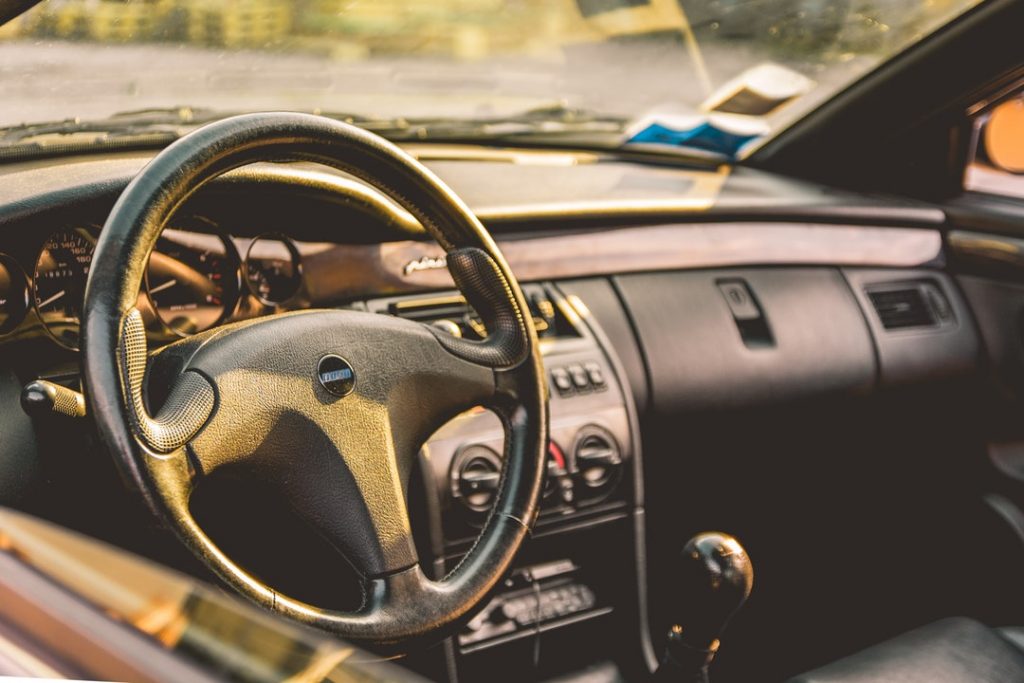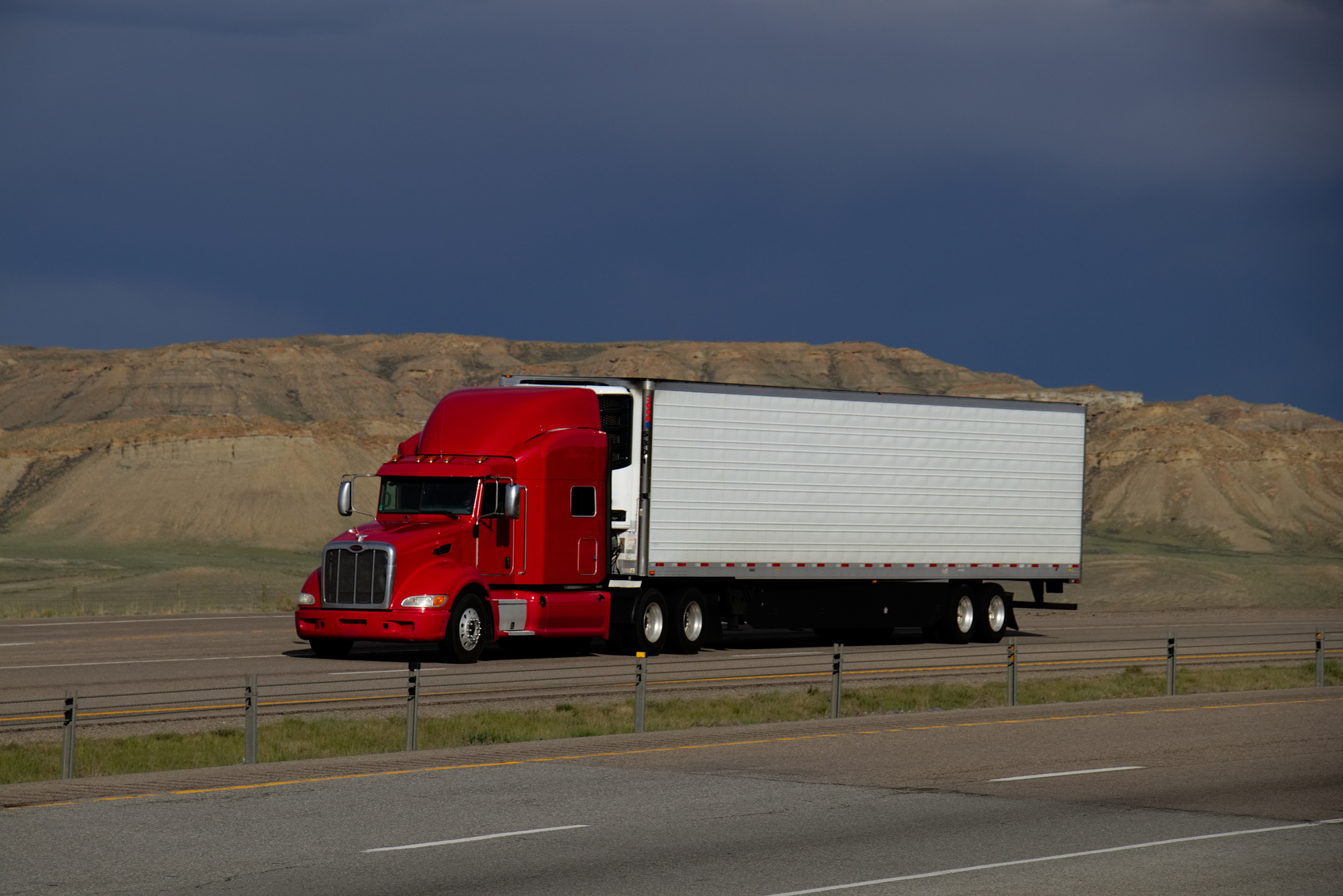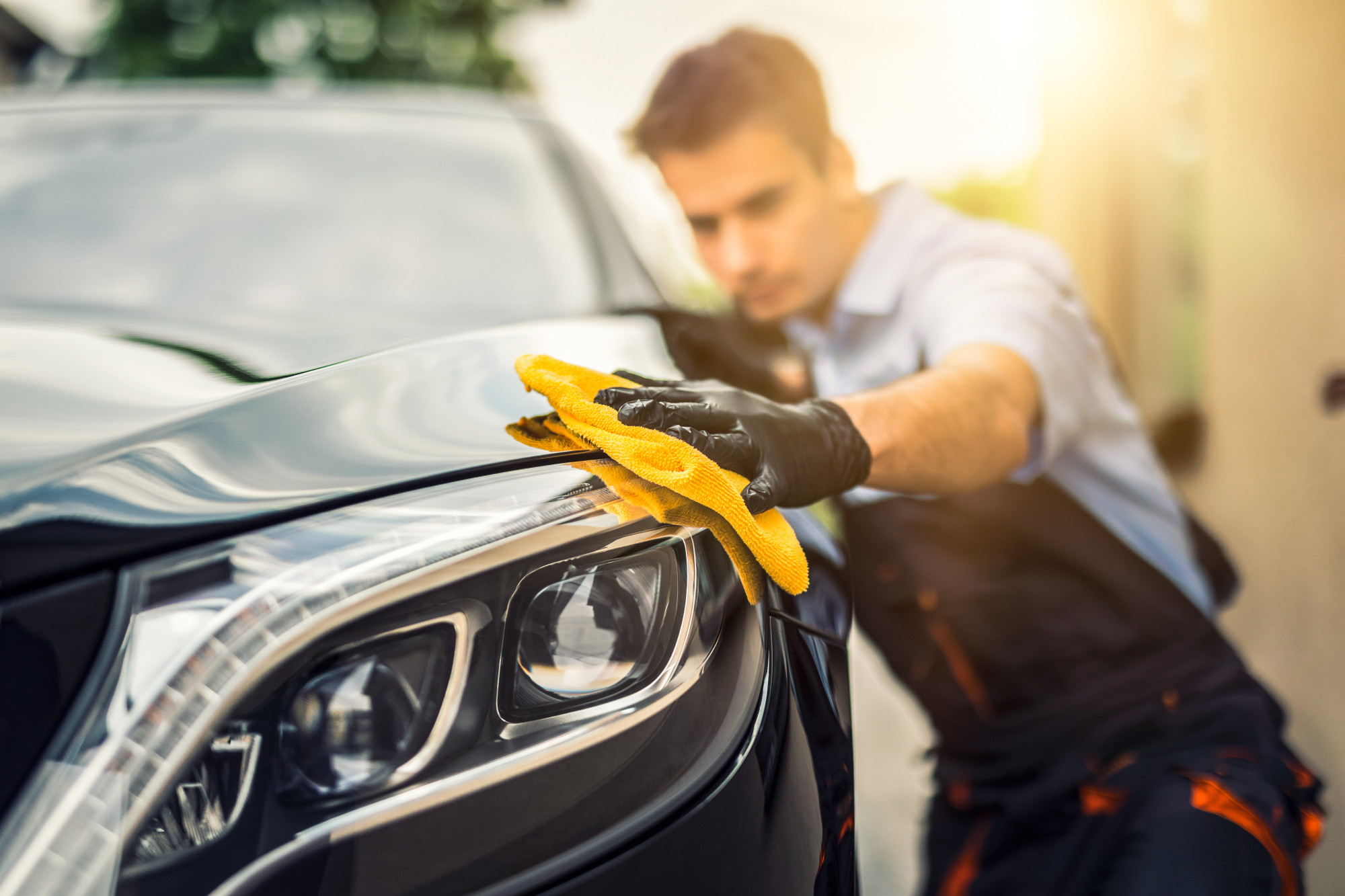
When learning to maintain your car, changing the wiper fluid should be one of the first lessons you master.
It’s not only super easy, but it’s really important too.
Lack of visibility is implicated in many road accidents. While that can occur for a number of reasons, including the dark, glare and rain, dirty windshields can also be a culprit.
So let’s learn what you need, what it does and how to change that wiper fluid!
Step 1 – Obtain Your Wiper Fluid
Let’s get a common confusion out of the way first – what’s the difference between anti-freeze or coolant, and anti-freeze wiper fluid?
Your car needs both to run smoothly and many people think that they’re one and the same thing. However, the coolant is a separate liquid, that goes into the car’s radiator system and prevents the engine overheating.
Wiper fluid may be called anti-freeze, but this is just a description of one it’s important roles. You can pick it up at any gas station or even at the supermarket. It comes in two forms – concentrate and ready to use.
There are also lots of recipes online for ‘DIY wiper fluid’ if you are so inclined.
Can I Substitute Water for Wiper Fluid?
The answer to this is yes, and yet no.
Technically you can, and it will work – it will spray onto the car windshield in the same way and help get rid of some of the dirt. But what do you find works best – washing your dishes in plain water, or using dish soap?
It’s similar with water vs wiper fluid. If you want the job done well, use wiper fluid. The detergent element keeps the windshield properly clean, therefore keeping you safe.
Water will also freeze once the temperature drops below freezing, rendering it useless and possible dangerous to the system. Wiper fluid with anti-freeze will withstand temperatures of up to -34° in most cases.
Step 2 – Prepare Your Wiper Fluid
If you buy ready to use wiper fluid, you can skip this step. However, if you buy concentrate, do not put this into the car neat!
There will be instructions on the ratio of water to wiper fluid concentrate you should use. This may also vary depending on the season and where you live. In winter, some may even recommend a 1:1 ratio of wiper fluid to water.
Distilled water is the best thing to use to dilute the concentrate. This type of water is completely pure, and will not leave any residue on the glass.
Step 3 – Charge the System
Now you’re ready to get under the hood and fill it up.
Park your car on a level place, with the parking brake engaged. Make sure that your clothing cannot get snagged on any part of the engine.
Once you’ve propped the hood open, you’re looking for a tube with a cap that usually has a symbol of a windshield being washed, or sometimes helpfully says ‘washer fluid only’ on it.
Simply pop open the cap and check the level. If you can see the tank is full, it doesn’t need to be recharged. If not, begin to slowly and steadily pour your prepared solution into the tank.
Stop filling when you can see the level – don’t fill it right to the top. Replace the cap and you’re good to go.
The Main Point – Topping Up Your Wiper Fluid
As we’ve seen replacing the wiper fluid in your car is one of the easiest and most important parts of regular maintenance you can learn to do.
Follow the safety guidelines, choose an appropriate solution for your vehicle and weather conditions and you’ll enjoy crystal clear vision at all times.
Mastered wiper fluid? Now you’re ready to try an oil change. Click here to learn how to do it right.




